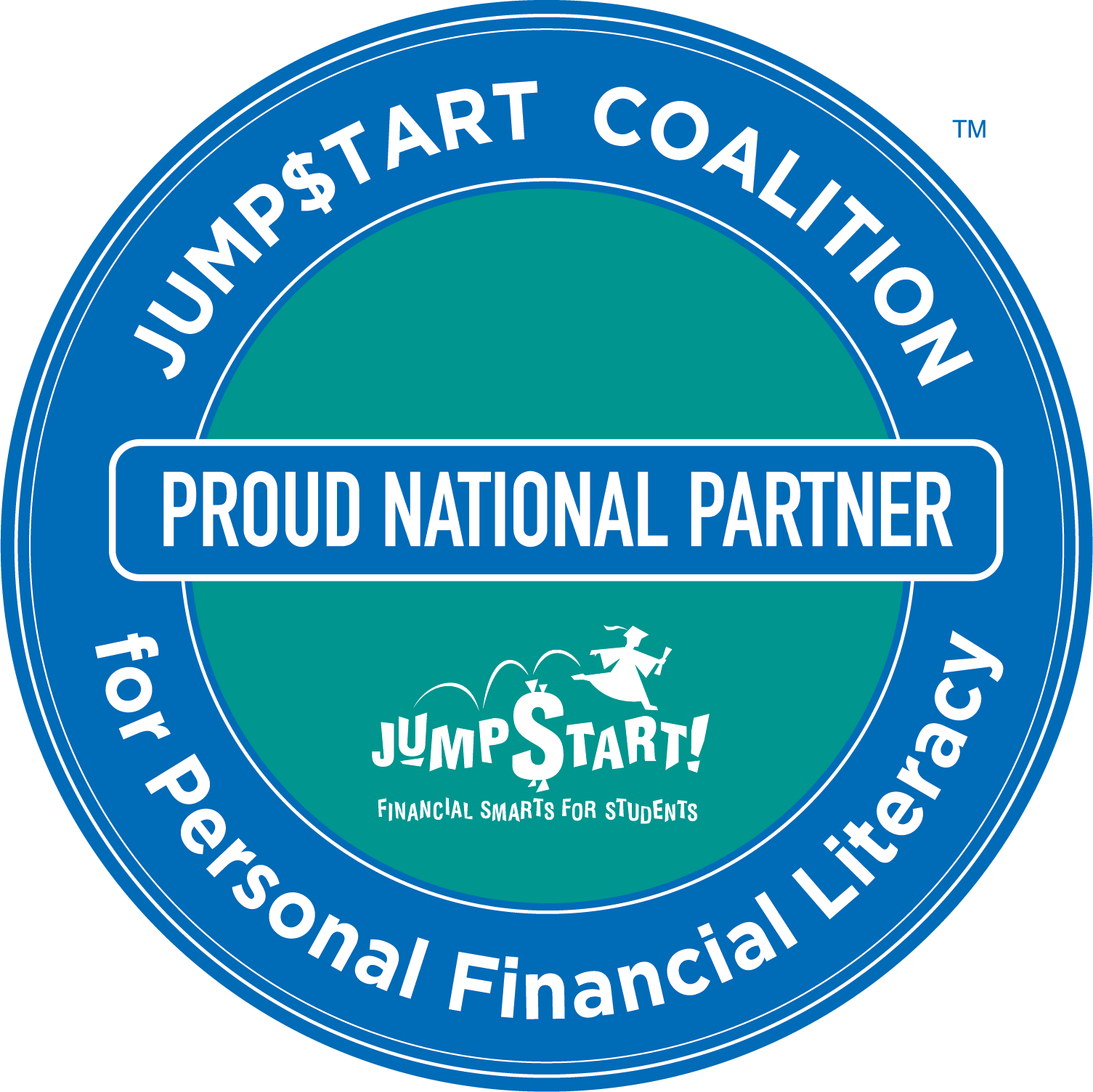“Why are we learning about this and when will we ever use it?”
This is a question every high school teacher has been asked. Students want to know the big picture of how a particular subject and a particular class will translate into action in their real lives. While we cannot speak for every subject in school, we are confident that financial literacy is a subject that will have immediate parallels to a student’s life.
But most financial literacy materials were not designed with the high school student in mind. Why would it be? There is no money in teaching people who have no money about money. Many money topics overlap throughout life, but this does not mean you can take materials or lessons designed for a 25 or 35-year-old, and tweak it for a 15-year-old. That is like handing 15-year-old golf clubs that have been sawed down to their size. The tolls aren’t the same.
To engage a high school student in a discussion around money, you must make it tangible for them to digest. This is where Money Vehicle begins our analogy around the financial journey the program takes a student through and delivers the curriculum through a vessel they all are beginning to understand: a car.
Money Vehicle’s moniker is designed to challenge students to try and see money differently — no longer seeing money as the destination of the journey, but as the vehicle that will take them where they want to go. This analogy is a throughline connection in the curriculum, taking the student from stop to stop connecting the pieces of their actual vehicle with the financial plan that they are building.
Each of the 12 chapters in Money Vehicle represents a piece of the student’s real vehicle while also introducing a piece of their Money Vehicle.
- What do you need to turn on your vehicle?
- The keys will be represented by the student’s income.
- How do you know where you are going in your vehicle?
- The GPS will be represented by the student’s goals.
- How do you speed up or slow down your vehicle?
- The pedals will be represented by how a student uses interest.
- How do you direct your vehicle now that it is moving?
- The steering wheel will be represented by how a student sets up their cash management system.
- Where is the safest place to park your vehicle?
- The garage will be represented by a student’s foundational accounts housed in a bank or credit union.
- What is an essential measurement you must check in your vehicle?
- The oil will be represented by a student’s credit score.
- Where does the power come from in your vehicle?
- The engine will be represented by a student’s investment strategy.
- What provides safety in your vehicle?
- The airbags will be represented by a student’s insurance policy.
- What is the first line of defense in your vehicle?
- The car alarm will be represented by a student’s cyber-defense.
- What do you take for granted in your vehicle?
- The roads will be represented by a student’s investment into our society through taxes.
- How can you improve the efficiency of your vehicle?
- The hybrid vehicle will be represented by a student’s tax-advantaged account.
- When do you check in on your vehicle?
- The tune-up will be represented by a student’s review of their pay stub.
Money Vehicle prides itself on being one of the only financial literacy curriculums that is holistic in nature, turnkey in use, and designed for our target audience of high school students.
Financial literacy for high schools: Core tenets
As a refresher, here are the core tenets of action from the Money Vehicle curriculum:
- Setting monthly and yearly Personal Finance Goals
- Quantifying how much their individual plan can put toward the future
- Setting up a Cash Management system
- Opening foundational bank accounts
- Starting credit history with a credit card
- Identifying a first investment through Index Funds
- Diagnosing ways to confirm coverage and lower your insurance costs
- Implement proactive ways to prevent cyber-attacks
- Synthesize the transaction from Gross to Net income and quantify Federal Income Tax liability
- Open a Roth IRA
By focusing on these core concepts and teaching areas, students who successfully complete the Money Vehicle course learn how to create a cash management system, the importance of paying their bills on time and in full, how to manage debt and loans, how and why they should be investing in their future, the ins and outs of critical concepts like the time value of money, how credit cards and credit scores work, and how to handle macroeconomic turbulence, such as recessions, stock market corrections, or periods of relatively high inflation.
Check out the Money Vehicle textbook — you can find it here on Amazon. And if you like what you see, you can get more content sent directly to your inbox! Sign up for the Money Vehicle Movement Newsletter!
And check out our white paper: “Strategies for Increasing Financial Literacy Rates Among High School and College Students”
More from Money Vehicle:









